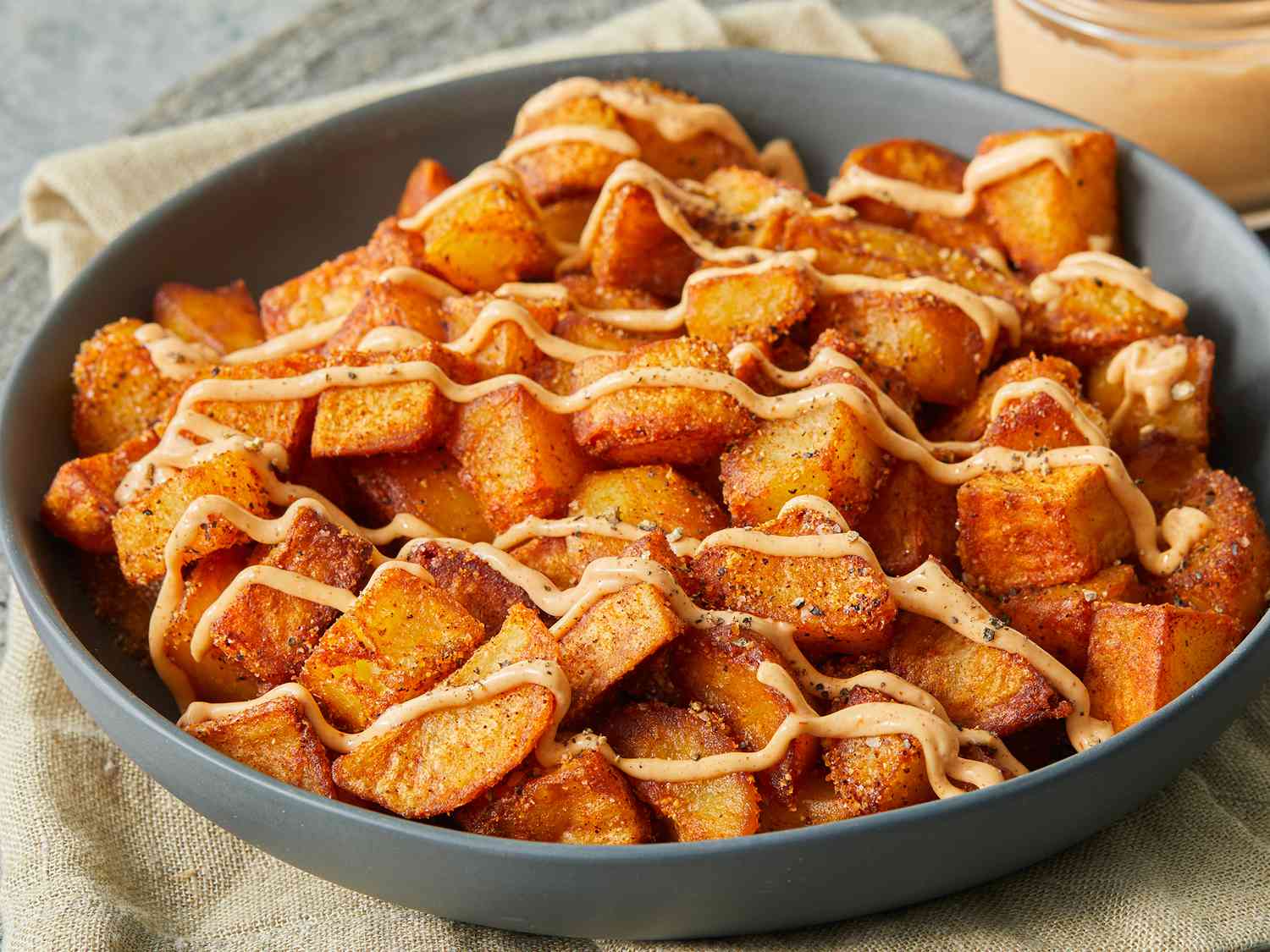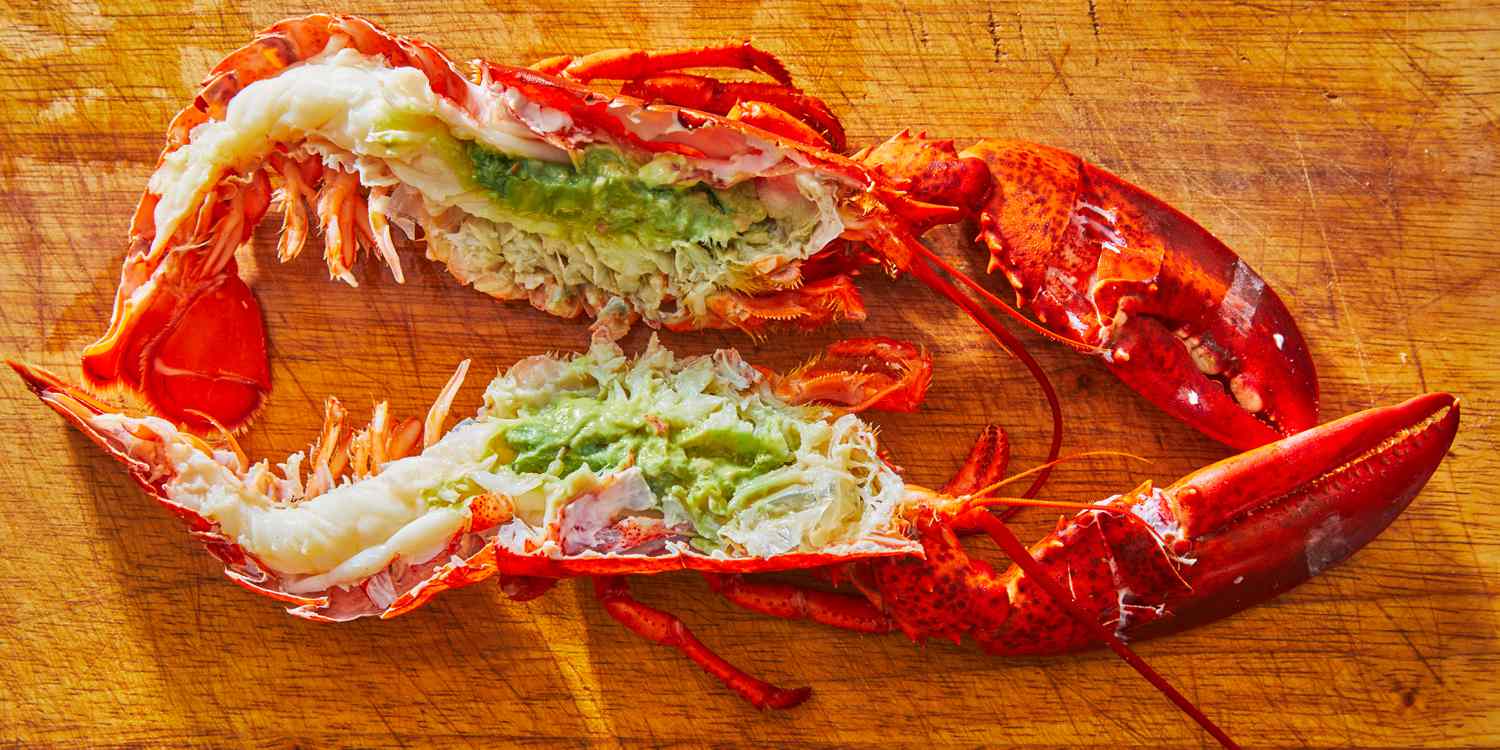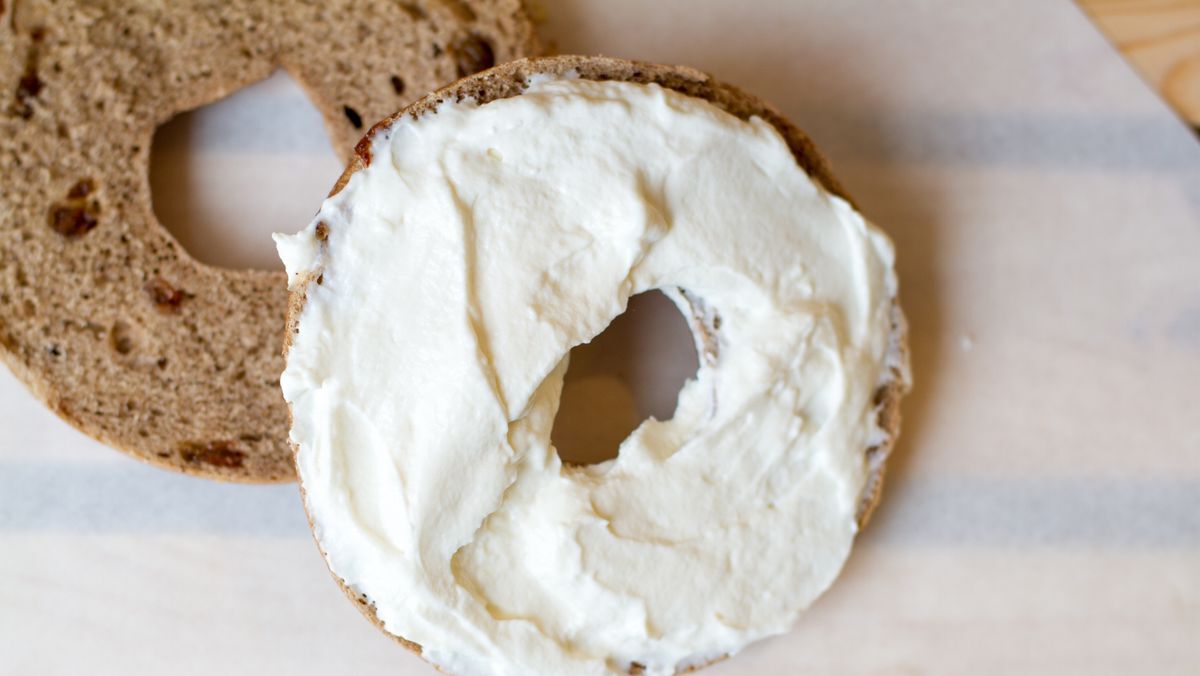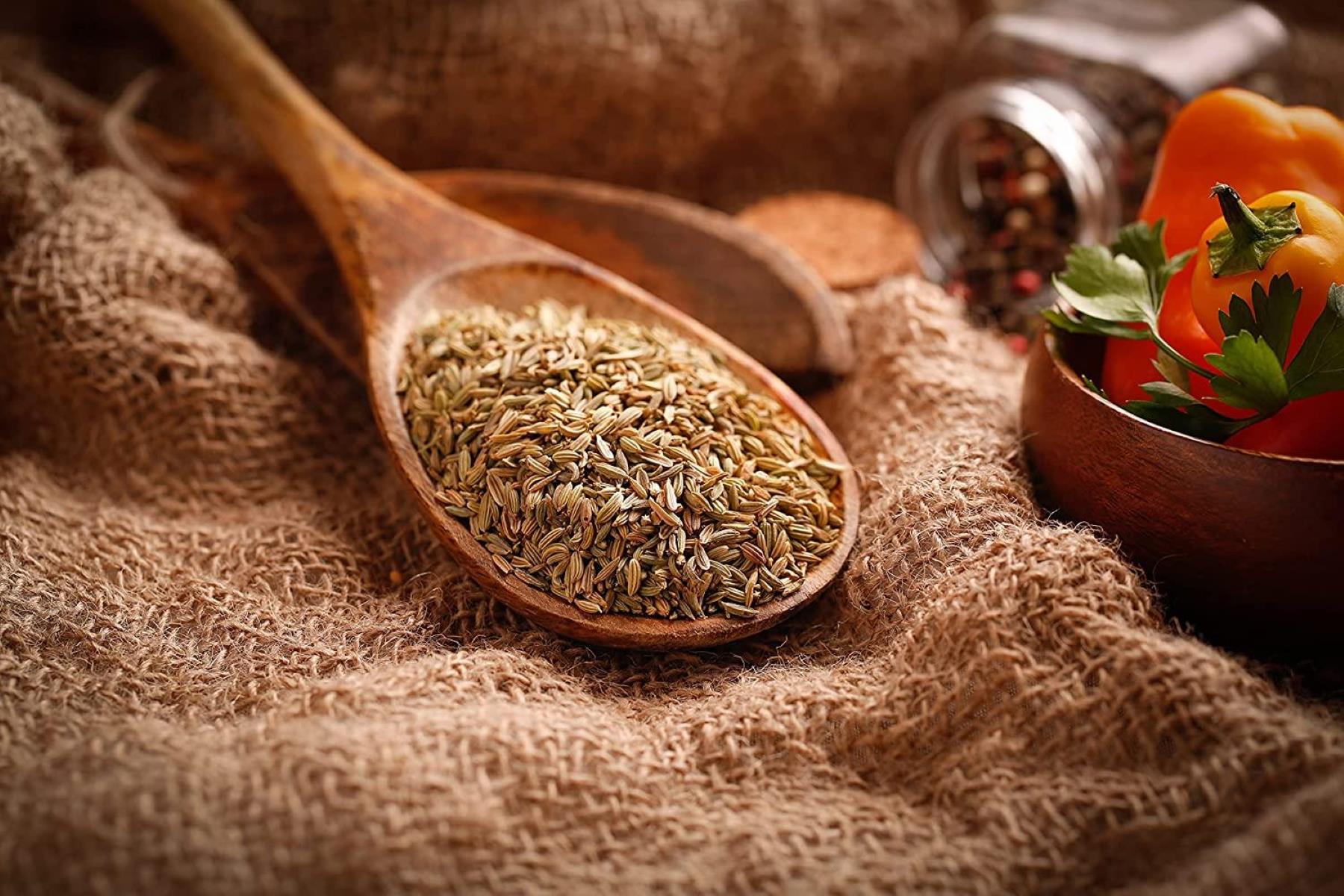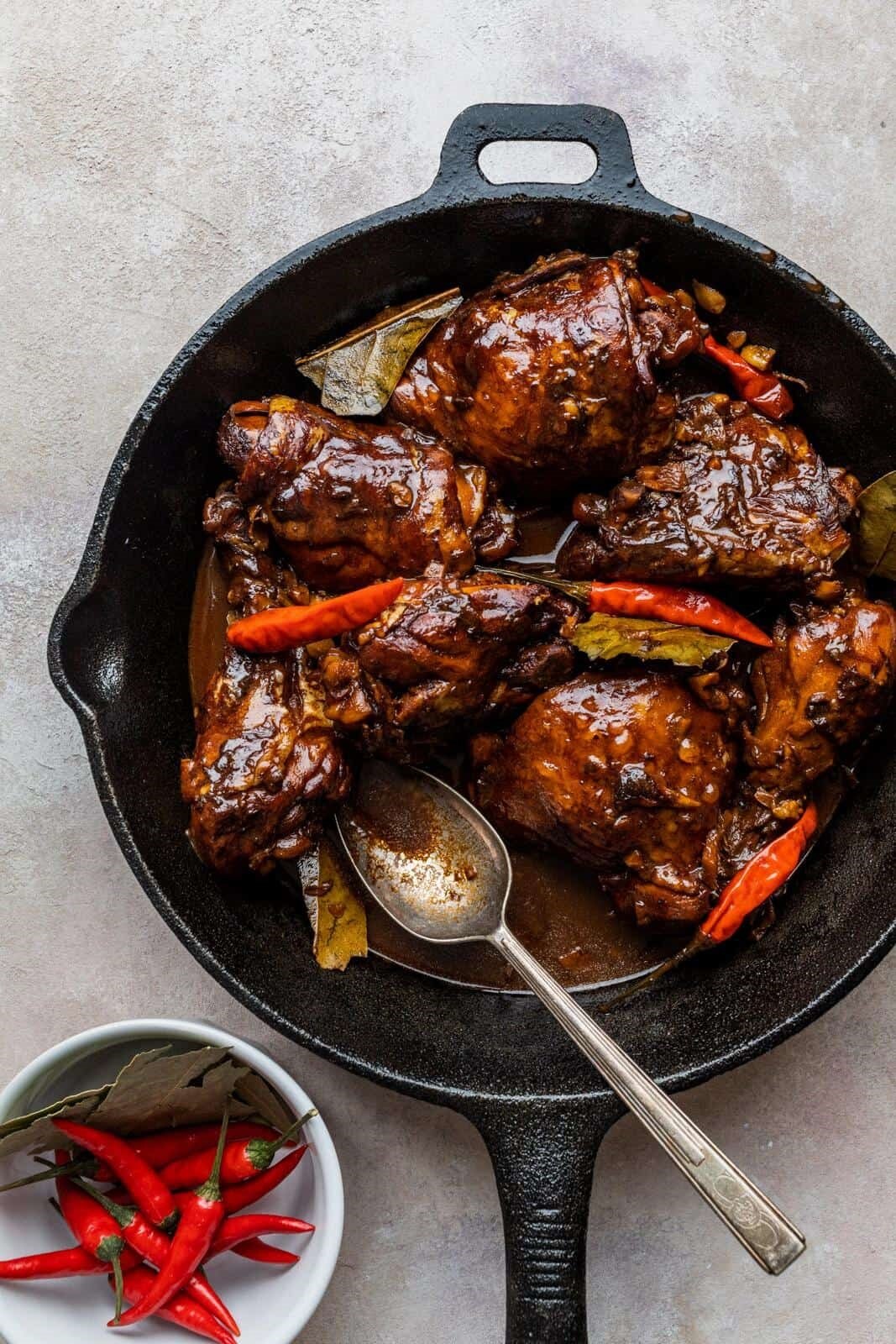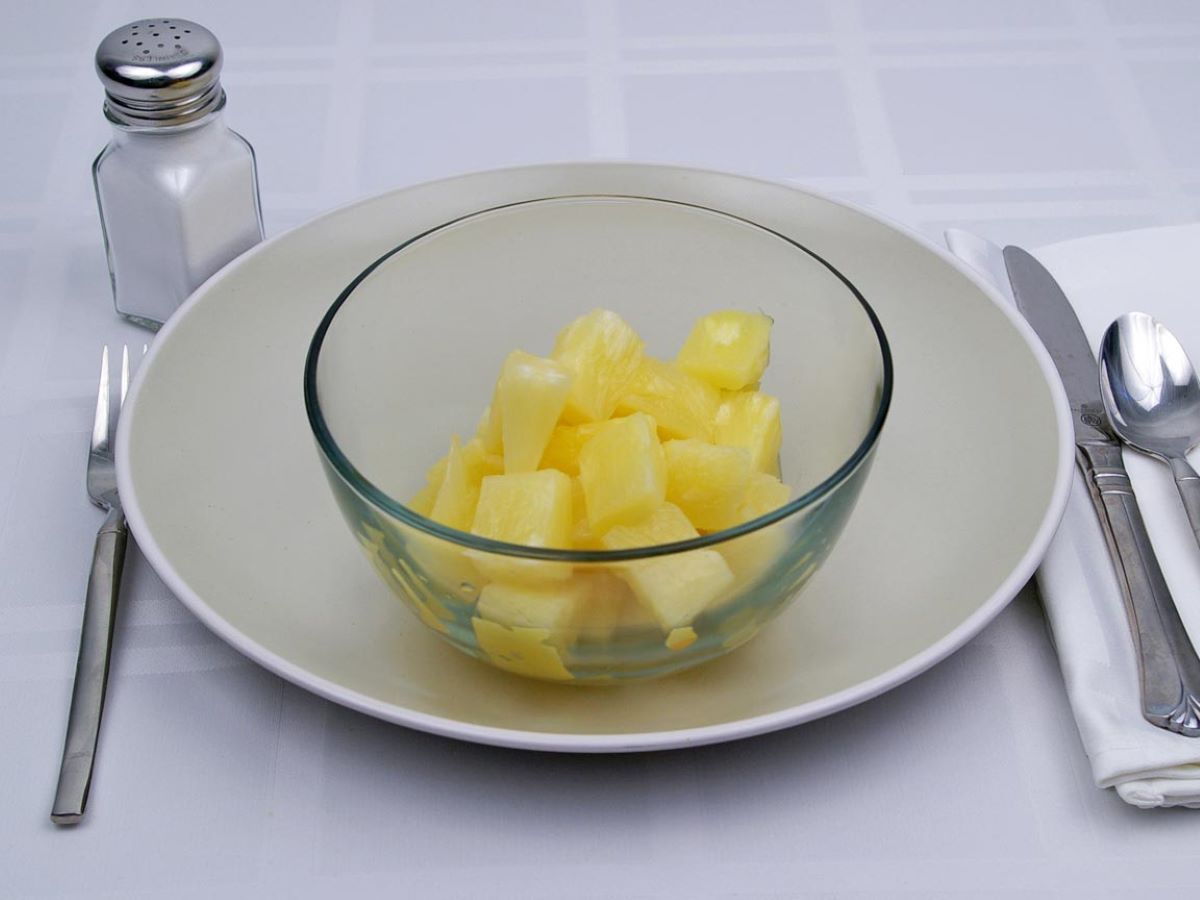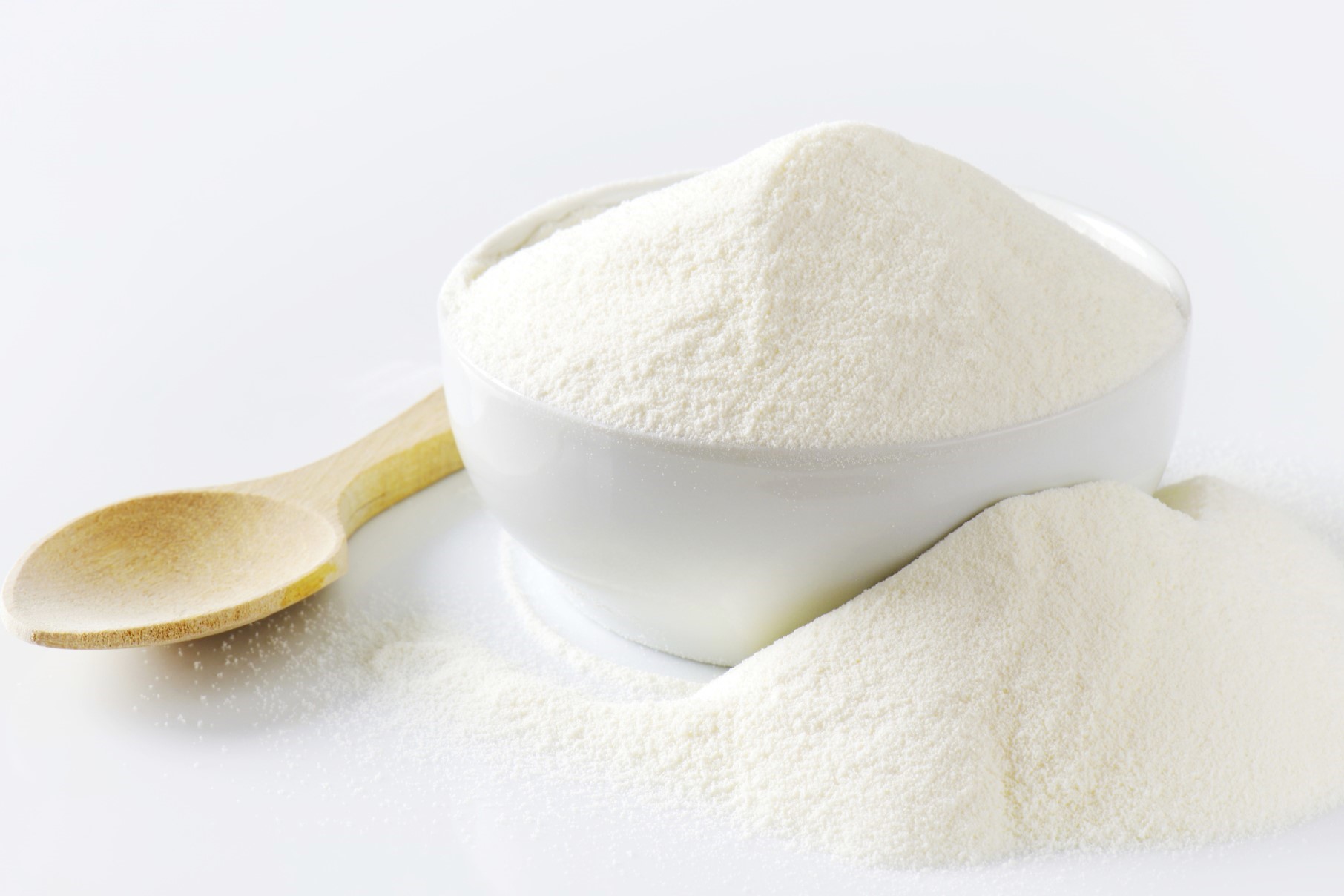Discovering the Delightful World of Scrumpets
Have you ever heard of a scrumpet? If not, you’re in for a treat! Scrumpets are a delightful and delicious food that is sure to tantalize your taste buds. In this article, we’ll explore what exactly a scrumpet is, where it comes from, and how you can enjoy it.
What Exactly Is a Scrumpet?
A scrumpet is a small, round, and fluffy pastry that is typically made from a combination of flour, milk, eggs, and baking powder. It is similar in appearance to a small pancake or a thick, fluffy crumpet. The texture is soft and spongy, making it the perfect base for a variety of toppings and fillings.
The Origins of Scrumpets
Scrumpets have a long and rich history, with roots that can be traced back to traditional English and Scottish cuisine. They are often enjoyed as a breakfast or tea-time treat, and are beloved for their comforting and indulgent qualities.
How to Enjoy Scrumpets
There are countless ways to enjoy scrumpets, making them a versatile and customizable food. Here are a few popular ways to savor this delectable treat:
- Butter and Jam: Spread a warm scrumpet with butter and your favorite jam for a simple and satisfying snack.
- Cheese and Ham: For a savory twist, top a scrumpet with melted cheese and thinly sliced ham.
- Chocolate and Berries: Indulge your sweet tooth by adding chocolate spread and fresh berries to a scrumpet.
These are just a few ideas to get you started, but the possibilities are endless when it comes to enjoying scrumpets.
Where to Find Scrumpets
If you’re eager to try scrumpets for yourself, you may be wondering where you can find them. While they may not be as widely available as some other pastries, you can often find scrumpets at specialty bakeries, tea rooms, and certain cafes. Additionally, some grocery stores carry frozen scrumpets that can be heated up at home for a convenient and delicious treat.
Conclusion
Scrumpets are a delightful and versatile food that is beloved for its fluffy texture and endless topping possibilities. Whether you enjoy them for breakfast, as a snack, or as part of a tea-time spread, scrumpets are sure to bring a smile to your face. Keep an eye out for these delectable pastries at your local bakery or consider trying your hand at making them at home for a truly special treat.
So, the next time you’re in the mood for something new and delicious, consider giving scrumpets a try. You won’t be disappointed!
Was this page helpful?
Read Next: What Is Salsa Rosa?
